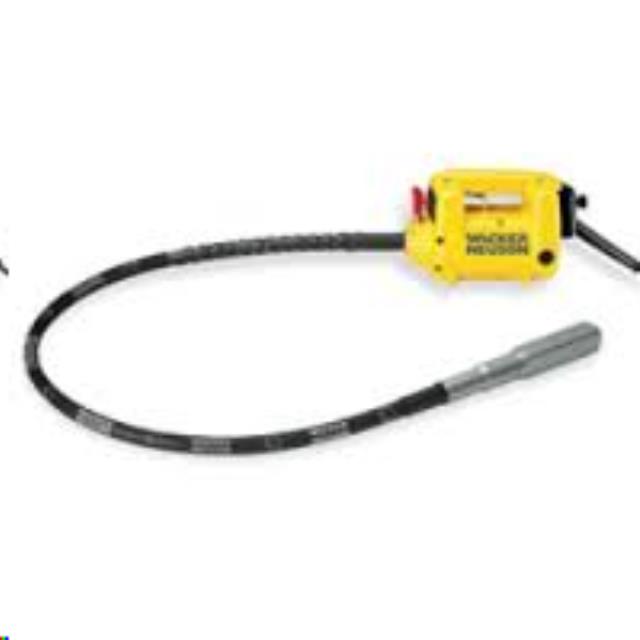
The Global Assessment of Functioning scale (GAF) can be used to help determine the severity of a patient's mental illness. This scale uses a 10-point range to identify symptoms. A person who hears voices might get a score of 39 while someone with Schizophrenia long-standing may get a rating of 31 to 32.
Guidelines for scoring Global Assessment of Functioning.
There is no standard international scoring scale for the GAF scale. This means that there are no specific guidelines. However, existing guidelines for scoring GAF provide general guidelines. You must also consider how you rate the various categories.

Determining the scale is the first step to developing scoring guidelines. Guidelines should describe terms and give examples of symptoms or functioning. It is also important that each variable be explained. The GAF score should provide a complete explanation of all information.
Scoring process
GAF scoring is not well studied. A limited number of experts from around the world have assisted in developing guidelines. The scoring process needs to be improved to increase comparability and reliability in GAF scores. This will help assessors assign better GAF scores. It can also be used to guide treatment decisions and evaluate the effectiveness. The review of existing literature on psychological assessment will assist in the development of GAF guidelines.
GAF scores should be able to provide a complete picture of a patient’s mental health. The severity of illness may change over time. To ensure clinical relevance, it is important that the lowest score for the week is used.
Comparison of other systems based upon GAF
The Global Assessment of Functioning (GAF) is a multidimensional measure of mental health. This assessment tool is widely used all over the world and has been translated into many languages. It is also used in outcome studies and is used for all Veterans Health Administration patients in the US. The GAF has been used in Scandinavia and the UK as part of a Norwegian Minimum Basis Data Set. It is also included within the internationally recognized Diagnostic and Statistical Manual of Mental Disorders.

GAF scores are a combination of psychological, cognitive, and physical functions. Each category represents a different aspect a person's functioning. A score can range from 1 to 100. A high score indicates a high level or functioning, while a low score indicates severe impairment. Based on the patient's symptoms, the clinician selects a number from a 10-point range to calculate the scores. The clinician moves down the scale until the number best matches the patient's symptoms and level of functioning.
FAQ
What is a Standard Contract Form (SCF)?
A template for creating contracts is the standard contract form. These templates often include all of the necessary elements for a contract, such as the date, time and place.
It is possible to modify standard contracts forms to suit the needs of individual clients. For instance, some companies offer their standard contract forms.
These forms might not be appropriate for all situations. They can save you lots of time and effort.
You might want to consider using one of these standard contract forms.
Who has to pay for the service?
Your SCA defines who is responsible for paying for the service. In the event that the service provider is not paid fully, they may be eligible to seek compensation from the courts.
Can I cancel my contract at anytime?
Yes. However, you must notify the court within 14 days of signing the contract. You may usually cancel your contract by writing notice at least seven working days prior to the date in your contract. You may still owe money to the contractor if you fail to give sufficient notice.
Statistics
- (d) Contractor disputes related to compliance with its obligation shall be handled according to the rules, regulations, and relevant orders of the Secretary of Labor (see 41 CFR60-1.1). (acquisition.gov)
- (ii) Name, address, and telephone number of each proposed first-tier subcontractor with a proposed subcontract estimated at $10 million or more. (acquisition.gov)
- (1) Ascertain the extent to that offers are based on the payment of overtime and shift premiums; and (2) Negotiate contract prices or estimated costs without these premiums or obtain the requirement from other sources. (acquisition.gov)
- (1) Except as provided in paragraphs (a)(4) and (a)(8) of this section, if the estimated amount of the contract or subcontract is $10 million or more, the contracting officer shall request clearance from the appropriate OFCCP regional office before- (acquisition.gov)
- (3) The contracting officer may provide for a contract price adjustment based solely on a percentage rate determined by the contracting officer using a published economic indicator incorporated into the solicitation and resulting contract. (acquisition.gov)
External Links
How To
What should a service agreement include?
Any business relationship requires a Service Agreement. It will outline what you expect and how it will be achieved. The SA also describes when and how you expect the other side to meet its contractual obligations.
Here are the essential elements to a successful SA
-
Both parties must agree on the scope and required services.
-
Particulars of the payment terms, including delivery dates and start dates.
-
A project cost agreement.
-
Additional costs, such as VAT, etc.
-
Discuss any other matters.
-
Who will be held responsible for any problems that may arise on the job?
-
How disputes are resolved
-
What happens to a contract breached by one party?
-
What happens when there is a disagreement?
-
When does the contract go into effect?
-
What happens when one of the parties doesn't perform?
-
How long do you have to pay invoices?
-
Who pays for things like travel expenses.
-
Where the money comes from.
-
What happens if the client decides to change his mind about the project.
-
What happens if the supplier isn't there?
-
Who has permission to view the site during construction
-
What happens if the client cancels the project?
-
What happens when the product is defective?
-
What happens if a manufacturer refuses to provide parts?
-
What happens when the equipment stops working?
-
What happens if the project takes more time than anticipated?
-
What happens if you don't complete the work within the set timeframe?
-
What happens if the quality of the finished project falls below expectations?
-
What happens when the cost is too high?
-
What happens if you don't receive your materials on time?
-
What happens if the material arrives damaged.
-
What happens if products do not meet the standards?
-
What happens if the job gets cancelled before it is completed?
-
What happens when the company goes under?